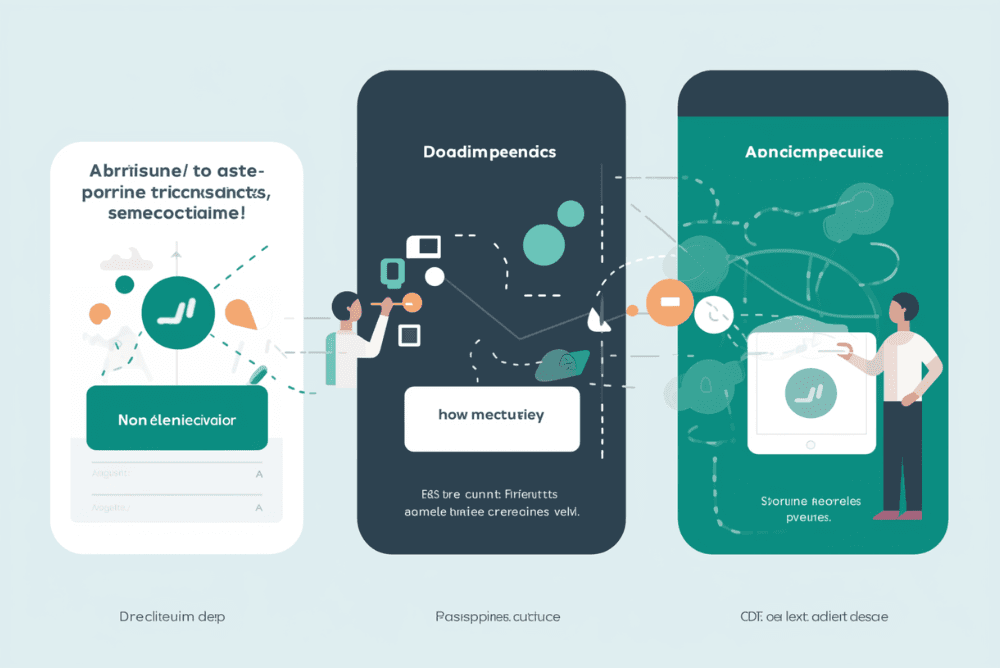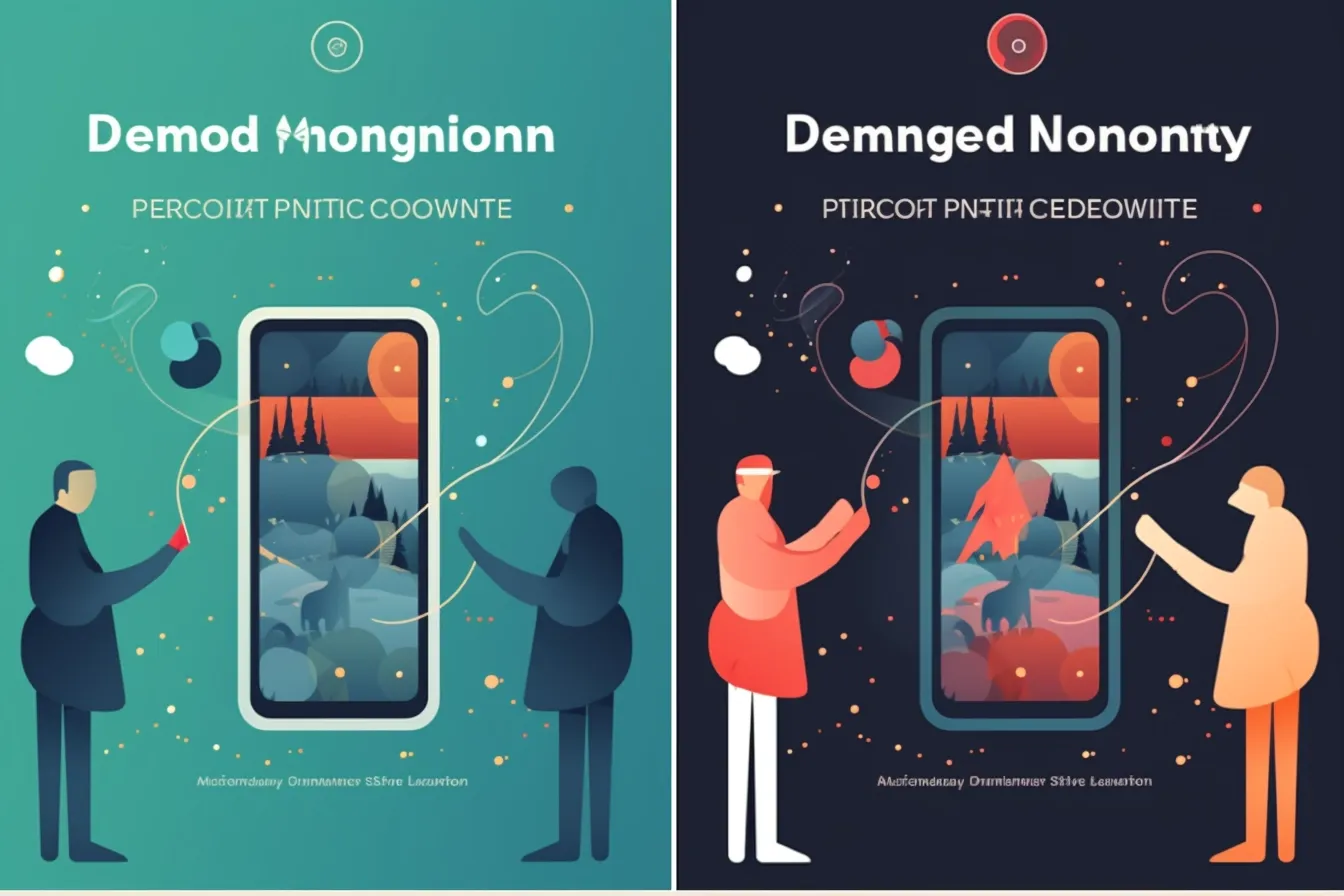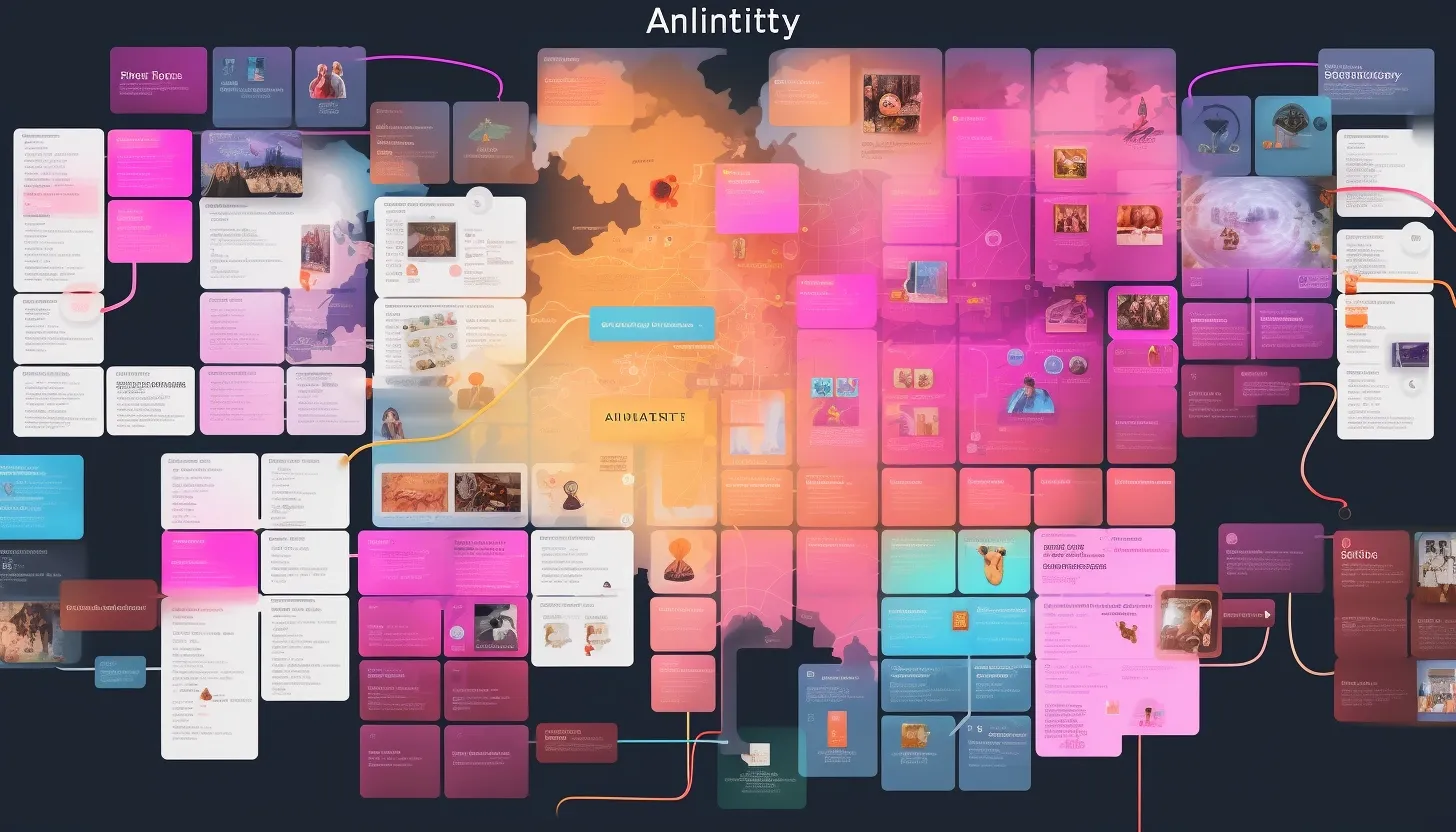Here’s what you gain with the idea stage and discovery process in design
25 Oct 2023
Building a product with a sketchy and superficial discovery process is like building a house using a blurry drawing on a napkin.
Written by Autentika Team
Building a product with a sketchy and superficial discovery process is like building a house using a blurry drawing on a napkin. You can add bricks and frame windows, but what will be the end result? See why we opt for a thorough and precise discovery process – and what you can gain.
Many companies think designing a new app, website, or enterprise tool starts with mockups and Figma sketches. We think that’s the final outcome. Instead of designing anything on the go, we apply a proven discovery process tailored to the client's needs and goals – even for seemingly simple projects.
Of course, our work will depend on the project's complexity. We are design experts, you are an industry expert, so listening to you helps us gauge your business needs and expand our knowledge. But we believe that, in any case, there are at least three fundamental reasons to do a thorough and exhaustive discovery phase. They guarantee a successful result and reduce the risk of losing a lot (really a lot) of time and money.
We understand that you may have some questions and reservations about this – so let’s explore why we believe the discovery phase is essential and should always happen.
1) Understanding user needs and goals
Why is this crucial?
Enhanced user satisfaction and engagement
Embarking on a discovery process enables us to delve deeply into researching and analysing your target audience and their requirements. This, in turn, allows us to craft a product that aligns with user expectations, resulting in higher satisfaction and a more intuitive and enjoyable user experience.
This is particularly important in our work on enterprise tools, such as internal employee applications or back-office systems. When users discover that a product caters to their specific needs and aids them in efficiently achieving their goals, it increases the likelihood of regular usage.
Streamlined development with fewer iterations
A comprehensive understanding of user needs during the discovery phase also facilitates the creation of a precise and effective design. This can translate into fewer iterations and refinements in later stages of development, ultimately saving both time and money.
Why you might have reservations?
Wishful thinking
You might argue that user satisfaction is subjective and users may not consistently articulate their needs. You could think, "Users don't always know what they want, or they tend to be wishful thinkers – and we can't meet all their needs!"
While there's some truth to this, the discovery process is specifically designed to uncover both explicit and implicit user needs through a mix of qualitative and quantitative research methods, such as interviews and surveys. Our goal isn't to fulfil every user's wish; instead, we aim to identify the most crucial features and functions.
Balancing costs and time
You may also feel that the discovery process is time-consuming and demands a significant commitment, such as creating documentation and engaging users, potentially taking them away from their daily tasks.
However, the initial time and resources invested in a thorough discovery process pay off in the long run by preventing costly revisions later in the development phase. Consider the discovery process as a proactive measure to identify and mitigate potential risks.
Read also: And you, who would YOU hire? The dilemma of specialisation in UX /UI design

A discovery process is a proactive measure to identify and mitigate potential risks before the solution design (image by Midjourney)
Real-life example: A CMS system for Wirtualna Polska
In our project developing new editorial software for journalists at Wirtualna Polska, we spent 16 weeks immersing ourselves in understanding existing tools and user challenges. We aimed to grasp the "big picture": the processes around tools, workflows, and user habits. This approach unveiled many unmet needs that users considered normal, such as the system's absence of a 'help' option.
Another revelation was the significant time editorial teams spent on communication. This insight allowed us to automate much of this work by enhancing the software's functionality and integrating some communication features into the CMS. This reduced the need of switching between applications while performing critical tasks and streamlined information exchange.
2) Aligning stakeholder expectations
Why is this crucial?
Clear project objectives
The discovery process provides a platform for defining and clarifying project objectives. Engaging stakeholders in workshops and discussions ensures a shared understanding of the project's goals, scope, and desired outcomes. This clarity contributes to more focused and effective design and development efforts.
Identifying constraints and dependencies
By involving stakeholders early in the discovery process, potential constraints and dependencies can be identified and addressed upfront. This includes technical limitations, budget considerations, and external factors that might impact the project.
Why you might have reservations?
You may argue that project objectives and potential constraints can be communicated through documents or meetings without the need for an extended discovery phase. It's not uncommon for clients to have a predefined project plan and resist turning it upside down. There may also be scepticism about the value of the discovery process, fearing it might result in a stack of documents that won't bring about meaningful change.
Let’s address those concerns.
Let’s be honest – we don’t just passively design what you dictate.
Secondly, our approach to design goes beyond adding new colours to your website – it's about comprehending what you aim to achieve. Instead of presenting a predefined solution, it's more beneficial to outline a problem – and then collaboratively determine the functionalities and features needed to address it.
Discovery process prevents major issues
Even if you have a crystal-clear vision for your project, we strongly recommend a vast discovery process. Over the years, we've worked out our unique method of understanding your goals and expectations.
While your past experiences might not involve a thorough discovery process, trust us – it's a proactive measure that prevents issues before they become major roadblocks, fostering more informed decision-making throughout the project lifecycle.

A discovery process is a proactive step to identify potential risks that could affect the project (image generated by Midjourney)
3) Risk mitigation and cost-efficiency
Why is this crucial?
Proactive risk identification
A discovery process is a proactive step to identify potential risks that could affect the project. Through thorough research and analysis, we can anticipate challenges related to technology, user acceptance or market dynamics. Early identification enables the development of strategies to mitigate these risks, reducing the likelihood of costly issues arising later in the project.
Avoiding costly revisions
Extensive research and prototyping during the discovery phase help to produce a more accurate and effective first design. This allows us to create realistic timelines and budgets, which minimises the need for revisions and adjustments in later stages of development, saving both time and money. Addressing potential problems early on is more cost-effective than making significant changes after development has begun.
Why you might have reservations?
Critics might argue that risks can be addressed reactively in the development phase and that an extensive discovery process is unnecessary. They may feel that revisions are an inevitable part of the design and development process, and allocating resources to an extended discovery phase cannot prevent the need for later adjustments.
In our view, the discovery phase is designed to identify risks before they escalate, saving time and resources in the long run. This precision contributes to cost efficiency by minimising the likelihood of unexpected expenses, scope changes, or delays during the development phase. Let us illustrate this argument with a real-life example.
Real-life example: a travel app
We once participated in a bid for a project centred around developing a personalised travel app for frequent business travellers. Our competitor, in the running for the project, proposed a streamlined process that skipped a comprehensive discovery phase, in contrast to our firm, which insisted on adhering to our established approach and methodology. The rival company was prepared to dive straight into the system's design, showcasing preliminary mockups.
Ultimately, the client opted for our proposal, aligning with our methodology. As we delved into the initial days of our collaboration, the advantages of our approach quickly became evident.
The project involved creating an app that provided tailored travel recommendations, catering to the preferences and needs of frequent business travellers. The idea was to suggest accommodations, transportation, extra services and dining options based on user preferences and travel history. To make this work, users were required to input personal travel details, their location, and preferences, such as specific dietary requirements, extra services or preferred bed arrangements.
A significant concern arose due to the nature of this setup — travellers sharing sensitive information about their preferences and travel patterns with an app provided by their employer. Despite measures to ensure data privacy, sharing personal plans raised understandable reservations among the users. Not everyone wants the employer to know their daily schedule (like when they order a taxi and where).
Without a comprehensive discovery process, these issues would have surfaced later in the project, potentially leading to the app's rejection by users. This would have significantly increased costs and jeopardised the app's core concept. By adhering to our standard discovery process, we proactively addressed these concerns. Through brainstorming sessions, we gained insights into user needs and business requirements early on, saving our client time and shielding the company from unnecessary expenses.
Discovery process: a solid foundation for design
At Autentika, the discovery process is probably the most important factor in mitigating financial risks and uncovering potential pitfalls. Despite the natural desire for immediate, tangible results, the discovery process is a foundation that stabilises the entire project. Its length and depth can vary from a few weeks to several months, but we see it as indispensable in understanding the end-users needs, business motivations, and, eventually, an effective final product.
An additional advantage is that applying a discovery process allows for minimal development engagement. Once the process ends, developers enter into well-prepared and clear structures, which saves a lot of stress, errors and costs (just think about how much a developer’s work costs).
So the next time you want to hire someone to help you in your digital transformation, consider whether you want to save 10-15% of the project costs and start the work without proper knowledge, preparation, and research. Or maybe you want a deeper and more holistic approach that will elevate your business and design business tools that will truly make you thrive.
If that’s the case – give us a call!



